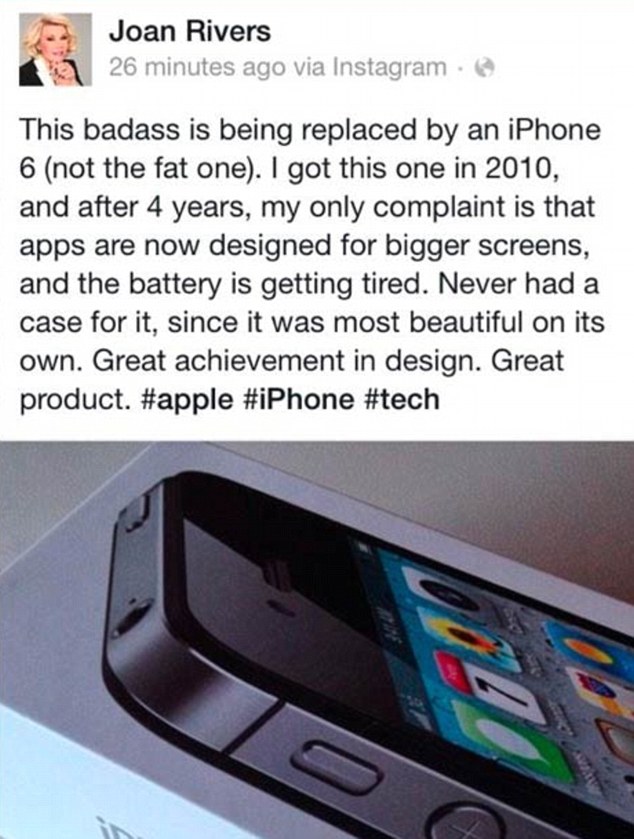How marketing automation can save you work (but damage your brand and customer relationships)
Simply put, marketing automation is the use of technology to make marketing more efficient. Whether your challenge is efficiency, pushing customers down the sales funnel or increasing conversion, more than likely you’ll find a ready-made solution just waiting to take all the pain away. Or will you?
For example, if you are wanting to market on multiple online platforms (like publishing a blog post on Facebook, Twitter and LinkedIn), you can use a platform like Hootsuite or SproutSocial to post content to all three at one time. Awesome.
Marketing automation can also help you monitor social media to find relevant content to respond to – which is great for engagement, right? For instance, you may be interested in responding to hashtags that provide an opening for your product or service on Twitter, and a tool like Mention can save you hours of trawling through social media feeds looking for the right posts to respond to.
Automation can also be used to carry out repetitive marketing tasks aimed at moving customers down the sales funnel.
This can be something as complex as the design and setup of an Infusionsoft or Silverpop campaign, an optimised landing page, an automatic thank you email or offer when someone subscribes to your email newsletter, or something as simple as sending a message to new followers on Twitter (note: this is a pet hate of mine and will make me automatically unfollow you).
See that? The problem with automation is it’s mainly done with the business in mind, not the customer. That’s fine as long as you do it when it’s expected, or in a way that’s inperceptable – which can be deceptively simple. But when marketing automation takes away personalization and connection in a place where this is expected, it can actually annoy your potential customers enough to drive them away.
“Automating tweets means that you want people to listen to you, but you are unwilling to listen to them. There is not such thing as automated engagement.”
After all, it’s one of the advantages smaller businesses have, the ability to be truly personalized and responsive. In fact it was bigger businesses’ desire to be like the little guys that encouraged marketing automation to be developed in the first place.
When marketing automation fails:
Marketing automation may seem like it will save you work, but it can’t be a complete set and forget, otherwise you may end up promoting your new iPhone 6 from beyond the grave:

Marketing automation also relies on you to have done your homework about the insights and needs of your target market, otherwise your marketing may miss the mark, confuse your audience or be turned against you in a PR revenge-of-the-bots kind of way.
Like this one, that I got just today. A lovely email from Vodafone welcoming me to their network. That I’ve been on for 4 years so far. I would have much preferred confirmation that my request for a plan change had been implemented though.

This can often happen if you set up your automation to respond to keywords which is clearly more open to error than a human reading and comprehending a whole message.
And even with the best preparation, preparing responses based on the most likely messages from your customers can still end up as a social media fail, like apologising to a customer for making the best pizza ever (or maybe Domino’s just has impossibly high standards?!)

Automation also needs to be done with an eye on brand reputation. Entrusting an automatic platform to intuit circumstances and carry out tasks without considering the impact on your brand may leave you looking like the Prime Minister of the UK (who autofollowed all Twitter followers):

…like a bit of a boob actually.
Image via Flickr CC/Robert Parviainen




